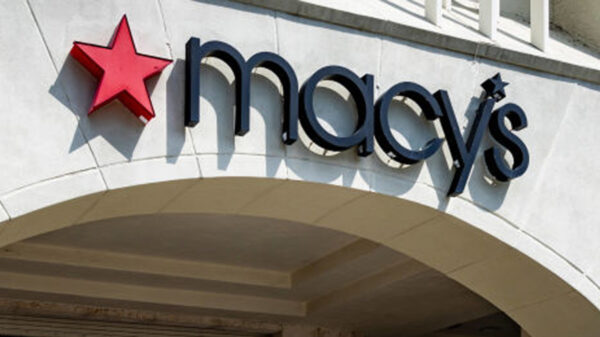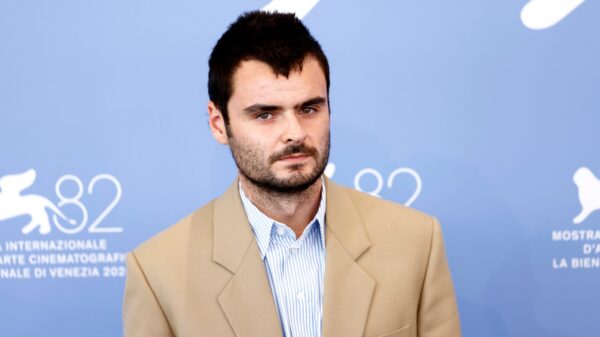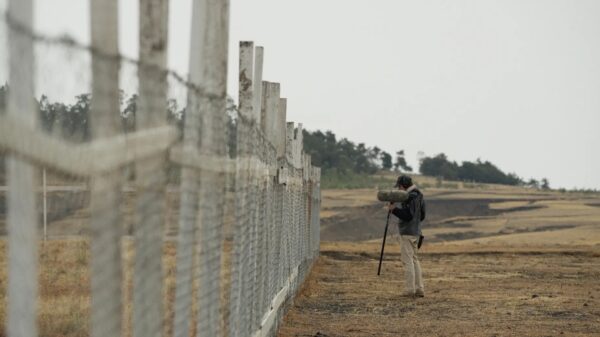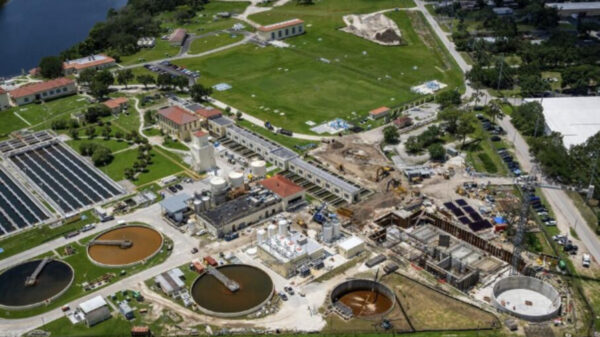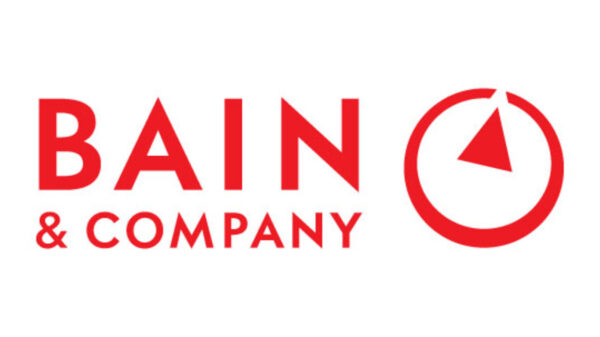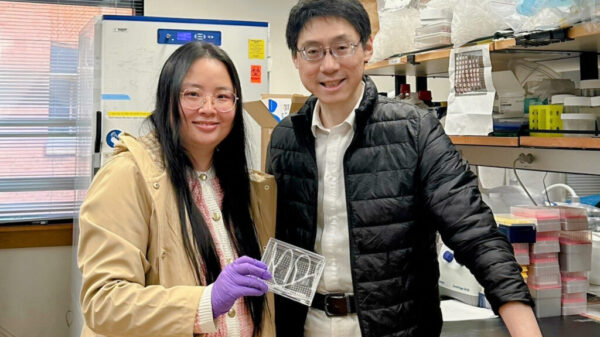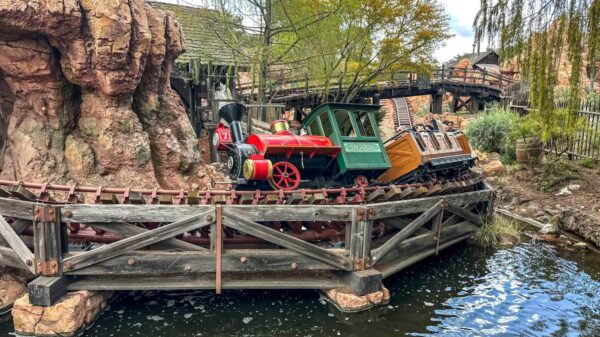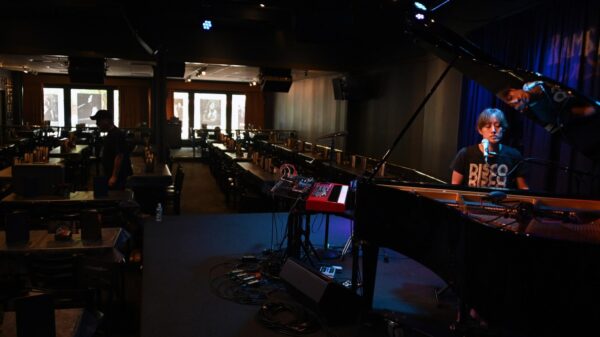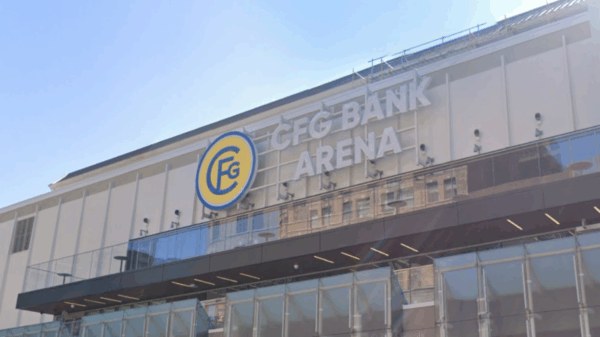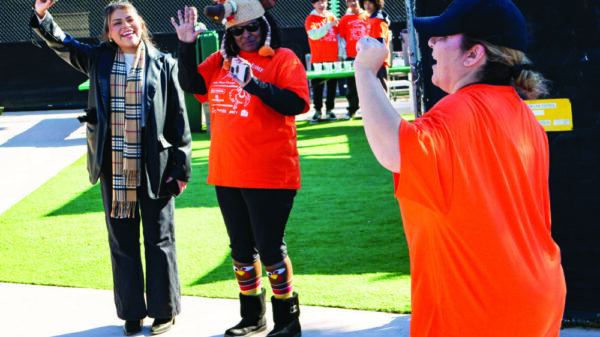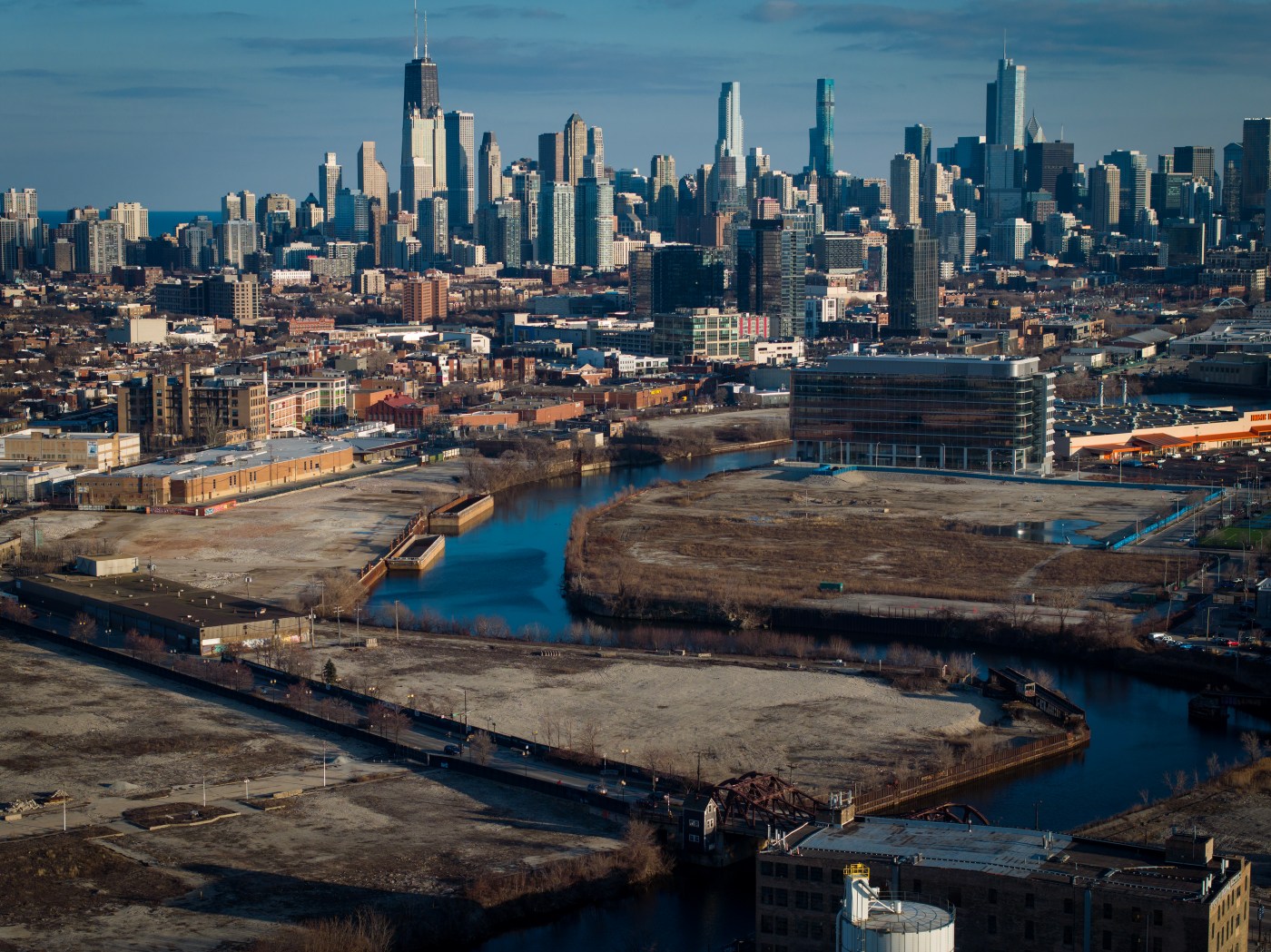A significant shift is underway for the Lincoln Yards development in Chicago, as local developer JDL Development has finalized a deal to acquire the northern half of the previously stalled site. Announced on September 14, 2023, the new project, named Foundry Park, aims to create a smaller, walkable residential community rather than the ambitious mega-development proposed by the original developer, Sterling Bay.
Jim Letchinger, CEO of JDL Development, emphasized the importance of creating a purposeful environment that integrates with the neighborhood. He envisions mid-rise residential buildings, with the possibility of one or two skyscrapers, focused on fostering a strong street retail atmosphere. “It’s all about creating a neighborhood, not about trying to build a trophy for JDL,” Letchinger stated.
The planned 31-acre development will feature between 2,000 and 3,000 housing units, including single-family homes, condominiums, rental apartments, townhomes, and affordable housing options. Although a nearly 40-story tower may be included, Letchinger noted that no final decisions have been made regarding its construction.
Community Input and Development Plans
This new direction signals a fresh opportunity for the community to engage in shaping the development, a sentiment echoed by neighborhood advocates. Juanita Irizarry, a former member of the Lincoln Yards Community Advisory Council, expressed support for the scaled-back approach, stating, “I always thought Sterling Bay’s plan was simply too big, so I’m not surprised their approach did not work out.”
JDL Development, in partnership with Kayne Anderson Real Estate, aims to close the deal by the end of September. Although they initially sought to buy the entire 53 acres of Lincoln Yards, negotiations for the southern section with J.P. Morgan Asset Management have yet to succeed. Letchinger remains optimistic, noting that the 31 acres they are acquiring is substantial and that the city officials are eager to commence construction.
The Chicago Department of Planning and Development has refrained from commenting on the plans at this stage, highlighting the early phase of the project.
A Shift from Sterling Bay’s Vision
The original vision for Lincoln Yards, proposed by Sterling Bay in 2019, encompassed a massive 14 million-square-foot development featuring residential and office skyscrapers, parks, retail spaces, and a high-tech science hub. This ambitious plan was met with skepticism from the community and faced numerous challenges, including the economic downturn caused by the pandemic and rising interest rates, which hindered investment.
Letchinger has assured that Foundry Park will not include office towers, marking a significant departure from Sterling Bay’s dense residential plans. This reduction in scale is expected to lower traffic congestion and alleviate the need for costly infrastructure upgrades, potentially reallocating tax increment financing (TIF) funds for other community uses.
“A new bridge may not be necessary,” Letchinger mentioned, proposing instead to renovate an existing railroad swing bridge for pedestrian and bicycle access.
Community leaders have expressed cautious optimism about the potential for a development that better aligns with local needs. Scott Waguespack, the local Alderman, stated in a prepared statement, “I am pleased to see progress on the site with JDL and Kayne Anderson. We will be working closely with the surrounding communities and city officials to revitalize the area with new housing and development that will help grow our local economy.”
Advocates like Jonathan Snyder, executive director of North Branch Works, believe that a more modest approach increases the likelihood of success. He emphasized the importance of incorporating employment opportunities into the development, suggesting that neighborhood-friendly industrial uses, such as a brewery, could coexist with residential spaces.
As plans for Foundry Park progress, community engagement will be crucial. Snyder expressed hope for the reestablishment of the Lincoln Yards Community Advisory Council, which had previously been involved in discussions about development impacts.
Letchinger affirmed that community participation is a priority for JDL Development. “We’ve always been willing to meet with community members and stakeholders. We always learn something, so projects always get tweaked and improved,” he said.
As the project takes shape, local residents face challenges related to traffic and school capacity. Brian Comer, president of the Sheffield Neighborhood Association, noted that some streets are already congested and local schools are at full capacity. “Everybody wants development on the site. Nobody’s running away from that,” Comer said, expressing a cautious optimism for Letchinger’s vision that aims to integrate more seamlessly with the existing community.
With the promise of a more thoughtfully designed neighborhood, the future of Lincoln Yards may finally be on a path to realization.

